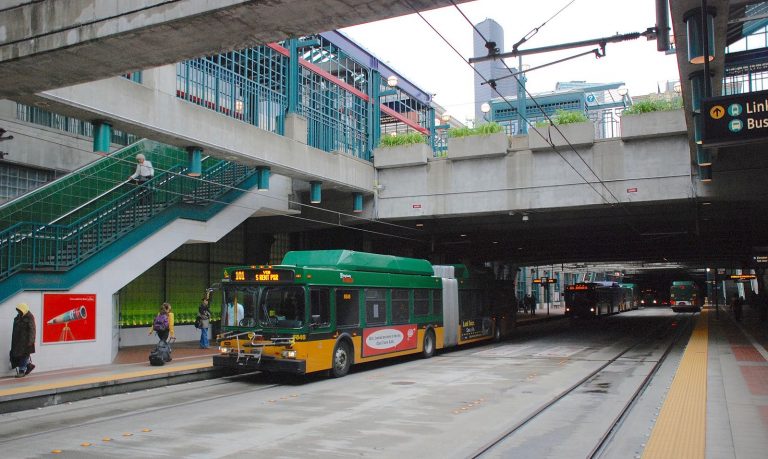Published on January 6, 2021

This year, many Americans left the places where it was still possible to encounter one another. White-collar workers stopped going downtown, past homeless encampments and to lunch counters with minimum-wage staff. The well-off stopped riding public transit, where in some cities they once sat alongside commuting students and custodial workers. Diners stopped eating in restaurants, where their tips formed the wages of the people who served them.
Americans also stopped broadly sharing libraries, movie theaters, train stations and public school classrooms, the spaces that still created common experience in increasingly unequal communities. Even the D.M.V., with its cross-section of life in a single room, wasn’t that anymore.
Instead, people who could afford it retreated into smaller, more secure worlds during the pandemic. And that has made it harder to see all the inequality that worsened this year: the unemployment that soared even as the stock market did, the eviction threats that grew as home prices hit new highs.
In another way, however, the inequality already present in the economy became more visible than ever this year. With delivery services, restaurant couriers and personal shopping apps, low-wage workers were now — in far larger numbers — coming right to the doorstep of the well-off. Standing there in masks, their economic precarity was exposed.
There is a tension, though, between the isolation of the well-off and the visible dependence of many of their conveniences on low-wage labor. Stanford historian David Kennedy is deeply pessimistic that real change will emerge from it. The Great Depression created pain more broadly across the economy and lasted a decade, opening a larger political window for reform.
“It’s been a very long time since people across the income spectrum felt that acting in the collective interest was going to be more beneficial than acting in individual interests,” said Margaret O’Mara, a historian at the University of Washington.
In Seattle around her, people were already starting to broach these questions before the pandemic. Young tech workers were enthusiastic early adopters of food delivery services and apps like Uber and Lyft. And there was already a clear dissonance, she said, between the experience of gig workers and the spiraling housing prices and gleaming new construction tied to Seattle’s tech boom.
Continue reading at the New York Times.
Originally written by Emily Badger for the New York Times.